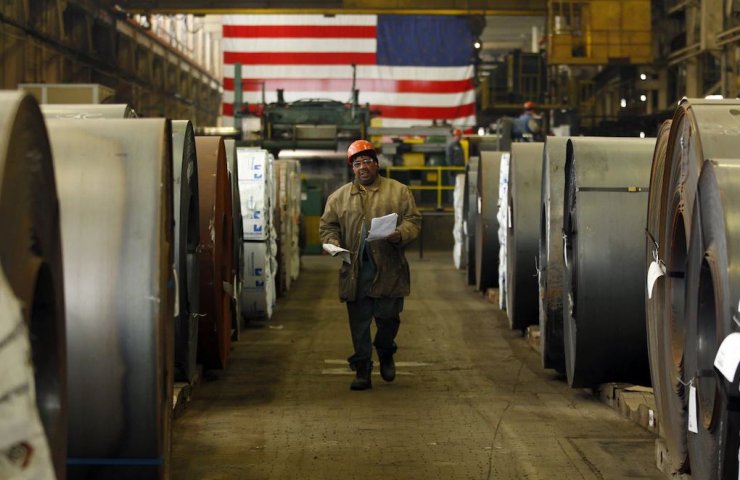Escalating Sino-US trade tensions have a negative impact on global growth, weakening global demand for steel. And while the Trump administration's imposition of tariffs on steel imports last year helped protect the US steel industry from foreign competition, the industry's investment in new, more efficient capacity creates an excess supply of steel, leading to what Bank of America has dubbed "Steelmageddon," akin to Armageddon. , in Christianity, meaning the place of the last battle between good and evil at the end of time.
In a research note published during this week's SMU Steel Summit, bank analysts warn that a “one-against-all price war” is imminent due to an oversupply of steel caused by overcapacity. Steel prices are indeed falling and steel stocks are falling.
So, shares of Nucor Corp. fell 5.8% year on year, United States Steel fell 39.3%, AK Steel Holding dropped 2.7% and Steel Dynamics fell 10.4%.
What does this mean for investors
Contrary to President Trump's claim that the steel industry is "booming," layoffs and plant closures have occurred in the past two months amid falling steel prices. Despite last year's gains as a result of presidential tariffs restricting steel imports and some upward momentum in the past two months, weakening demand and oversupply, according to Market Realist, will negatively affect prices for most of the year.
Last year's 25 percent steel tariffs initially benefited domestic industries struggling with hardships and shielded producers from international competition. They sparked optimism and boosted the industry's potential above 80%, the minimum threshold needed to maintain profitability, according to the Nasdaq.
To meet the growing demand, businesses have been improving production efficiency by adding new and replacing outdated facilities. Bank of America predicts a 20% increase in steel production by 2020. Against the backdrop of oversupply, domestic players will fight for market share by lowering prices. Steel prices are currently well below their July 2018 peak of about $ 920 per tonne.
Other factors also affect prices, such as weakening demand in the US and Europe due to uncertainty in global economic growth and a slowdown in final steel consumption in the Chinese market, in industries such as the automotive, construction and energy sectors.
Additional problems for the US steel industry may be created by tariff concessions for Mexico and Canada, provided for by the USMCA signed last year.
Despite the fact that steel imports in the United States on an annualized basis, thanks to tariffs, continue to decline, in July it rose by about 48% compared with the previous month. This is not a very encouraging signal for American steel.





